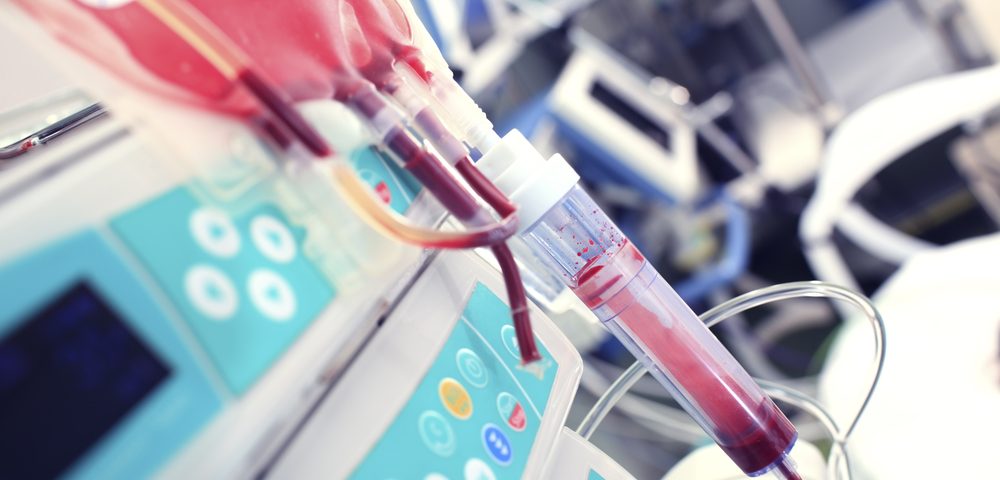Stanford University researchers developed a new way of performing stem cell transplants that don’t require prior chemotherapy or radiotherapy, both of which are known to carry highly toxic side effects, and successfully used the approach in bone marrow transplants conducted in mice.
The study, “Hematopoietic stem cell transplantation in immunocompetent hosts without radiation or chemotherapy,” published in Science Translational Medicine, stands to not only improve the treatment of people with blood cancers such as lymphoma, but also revolutionize approaches taken in the many diseases where the immune system plays a crucial role, like multiple sclerosis and diabetes, as well as make organ transplants safer and more successful.
“There is almost no category of disease or organ transplant that is not impacted by this research,” Irving Weissman, MD, a study co-author, and professor of pathology and of developmental biology at Stanford, said in a press release.
Before people can undergo a bone marrow transplant, their own blood stem cells must be killed off, clearing the way for the transplanted cells to enter the bone marrow and generate new blood and immune system cells. This process is now done using chemotherapy or radiotherapy, approaches that can damage a patient’s other organs, including the liver, reproductive organs, and the brain. For this reason, blood stem cell transplant surgeries are often reserved for those with few other viable options, and whose disease progression is thought greater than the risks of a transplant.
“The chemotherapy and radiation used for transplant damage DNA and can cause both immediate problems and long-term damage to many tissues in the body,” said Judith Shizuru, MD, PhD, a professor of medicine.
In this study, the researchers described a new method of clearing the way for transplanted cells without the use of chemotherapy or radiotherapy that uses a combination of two distinct antibodies.
The first antibody targets a protein called c-Kit, which is expressed at the surface of blood stem cells. Attaching this antibody to c-Kit alone, the scientists were able deplete blood stem cells from the immuno-compromised mice. But this was not enough to destroy these cells in mice with fully functional immune systems, which represent the majority of bone marrow transplant recipients.
So they combined the c-Kit targeting antibody with a second antibody that attacks the CD47 protein. Blocking the surface antigen CD47 allows macrophages to engulf and destroy blood-forming stem cells covered with the c-Kit antibody, and was seen to effectively and safely deplete these cells from bone marrow in the mice. This cleared the way for transplanted donor blood stem cells to settle in the bone marrow, and generate a whole new blood and immune system.
Next the scientists developed a way of cleansing the donor tissue of non-blood stem cells, like various immune cells, so as to avoid a common complication in transplants — that of an immune system attack on the newly transplanted cells called graft-versus-host disease.
“If it works in humans like it did in mice, we would expect that the risk of death from blood stem cell transplant would drop from 20 percent to effectively zero,” Shizuru said.
The team believes that if their results can be replicated in humans, disease treatment and regenerative medicine may be entering a new era. Virtually all diseases caused by the patient’s own immune system could potentially be cured through bone marrow stem cell transplantation, the researchers said.


